(Gerry Furth-Sides) Quirky tindora acts like a cross between a tiny, toy zucchini and a cucumber. Two inches in length, they may share the characteristics of super-healthy zucchini or cukes, yet resemble a cornichon more than anything else. Absolutely scrumptious in taste and texture, tindoras can be prepared in a dazzling variety of ways in the kitchen. Its crunchy texture is fun on its own, especially tasty when coated in spices and roasted. And this ivy gourd can also add a cooling, mild flavor to heavily spiced dishes.
And did we say, “quirky?” Tintura is awash in bizarre contradictions. At the same time this vine plant takes a star turn in the kitchen, outside, its slender little climbing vines and broad, wide, five-lobed leaves can easily overrun any garden, more voracious than Audrey in “Little Shop of Horrors.” They aptly translate into “ivy gourd” in English. And while available year-round in India and Southeast Asia, Tindora remains seasonal in the USA.
Still, could this be the next produce sensation in the USA? We say, “Cardoons and kiwi, step aside.”
Tindora fruits are juicy and crunchy when young with a mild, slightly bitter aftertaste. As the fruit matures, it develops a soft and a sweeter quality. The skin of this little plant is smooth with variations of light striping of pale green, dark green, and white hues, and it can change to bright red in some varieties. Underneath the surface, the translucent, watery yet crisp white flesh holds seeds in a slippery, pale red coating.
Tindora is so versatile, it can used in cooked or uncooked dishes although its bitter natural flavor needs adjustment. Cooks also appreciate tindora’s natural capability to absorb accompanying flavors in the same way that zucchini does. This is even more so in India where stronger flavors are so common, such ginger, garlic and chiles.
Tindora also adds a novel, subtle texture and flavor to stewed meats and vegetables, baked fish, coconut cream and peanut sauces. And Indian cooks love it with aromatics, vegetables that deliver deep, rounded flavor and aroma when heated or crushed like cumin and cilantro. This characteristic is perfect in pickling spices such as mustard and coriander, light-bodied vinegar because the fruits are perishable and will keep only up to one week when stored in a paper bag in the refrigerator. So in this way they are more like cakes than zucchini.
Indian cooks use it in the popular Urad Dal by soaking it in warm water and cooking it with lentils. Also known as Split Black Gram, it is one of the famous lentils in southern part of Asia. In Tindora Payla, it is mixed with spices and dried, roasted lentils, or slow-cooked in coconut milk as a savory curry.
As a healing agent, Tindora or ivy gourd is out of the league of zucchini. As a health remedy, ivy gourd is a good source of plant-based fiber, iron, and nutrients. It can also be used to help with weight loss (such as zucchini) , control high blood pressure, and relieve constipation. Tindora is a good source of vitamin A, vitamin B, and beta-carotene. It is also known for its toxin eliminating properties and can help clean the bloodstream.
The leaves can also be made into a paste for a topical application to help heal skin wounds caused by leprosy, psoriasis, and scabies. In India, Ayurvedic medicine uses Tindora as a way to reduce inflammation and to help regulate sugars in the body, especially useful for diabetic patients. It also encourages the overall health of endocrine glands.
Tindora plants are native to tropical and subtropical regions of Africa and Asia. You can see the common home garden vine plant growing along walls and fences in Southern India.
The vine was subsequently introduced in Southeast Asia, the South Pacific, the Caribbean, and the Southern United States, including Hawaii. Today Tindora can be found growing in the wild and at local markets in India, Cambodia, China, Myanmar, Thailand, Vietnam, Indonesia, Malaysia, the Philippines, Guam, Fiji, Papua New Guinea, Samoa, Tonga, Australia, and the United States.

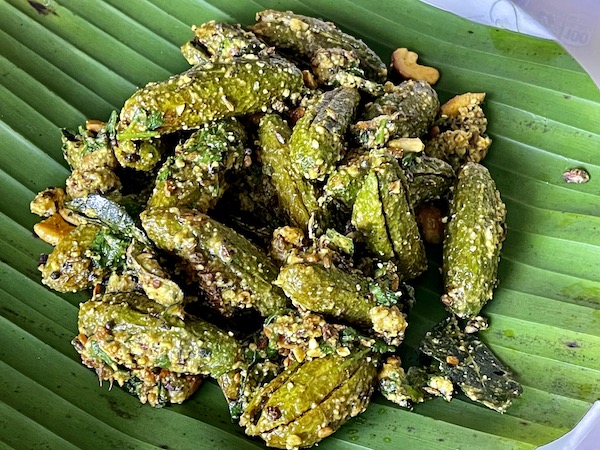
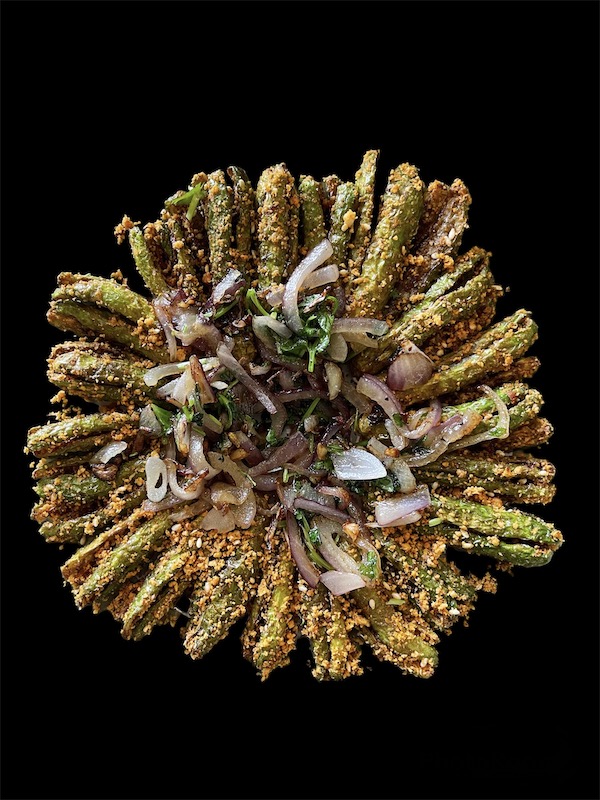
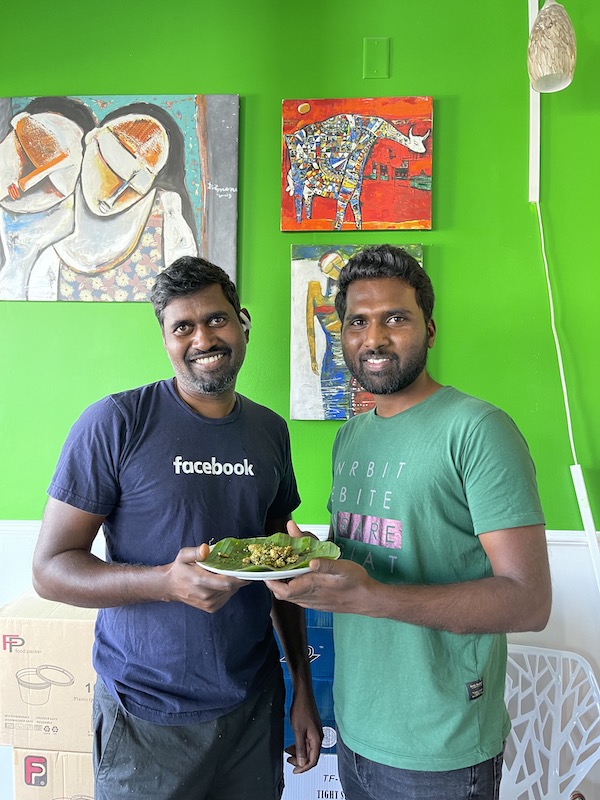
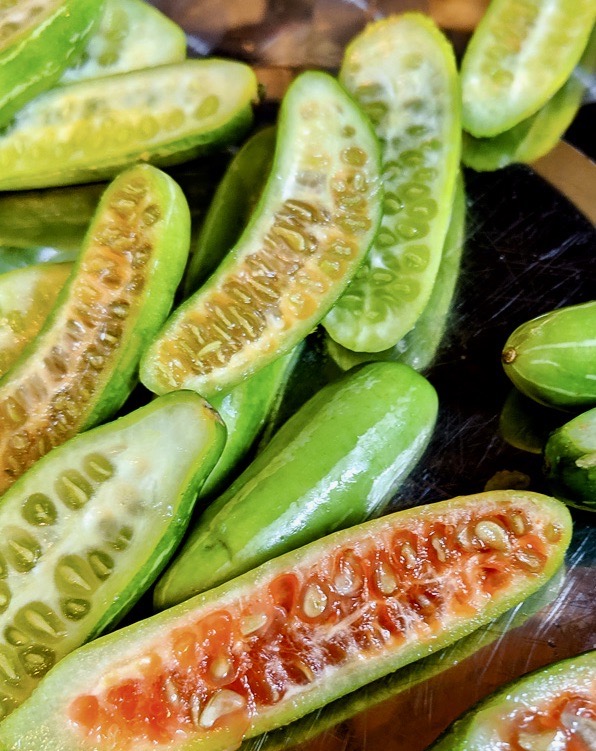

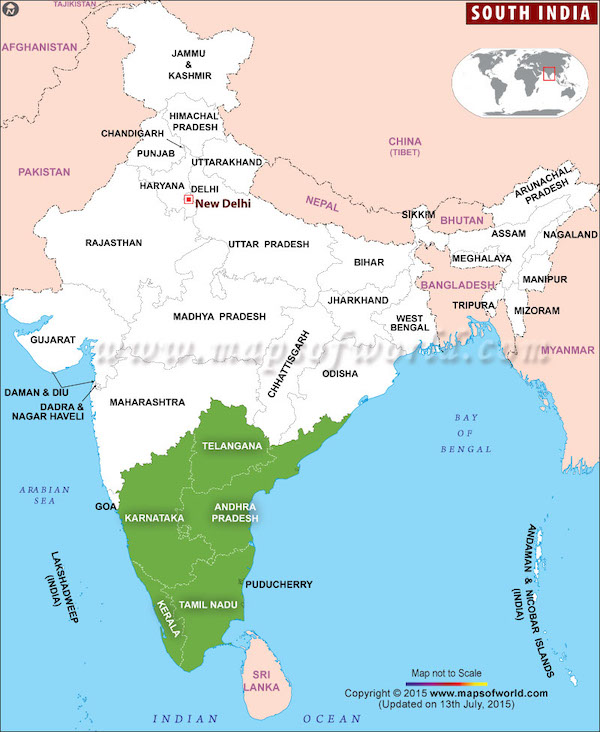
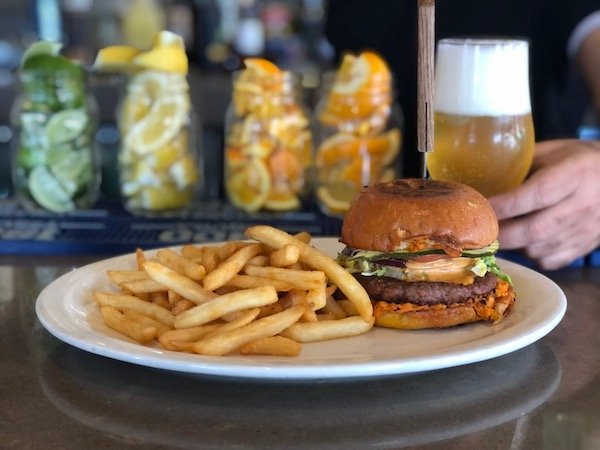
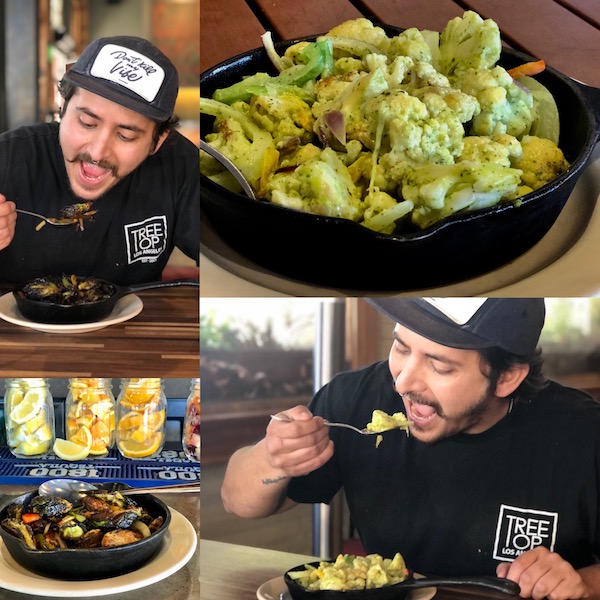


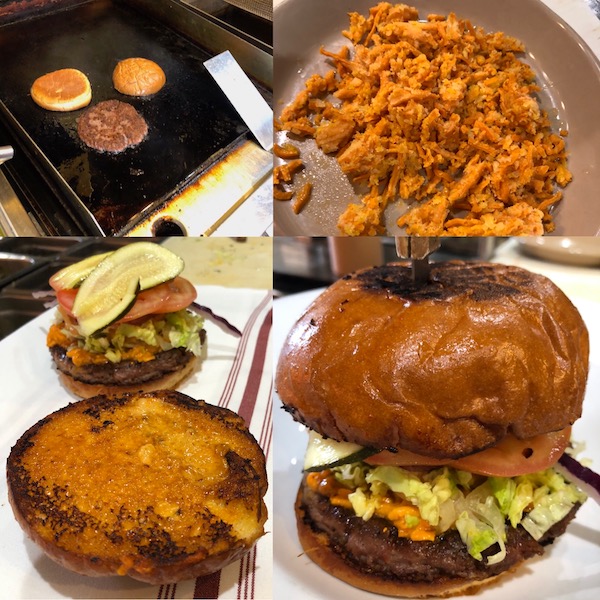
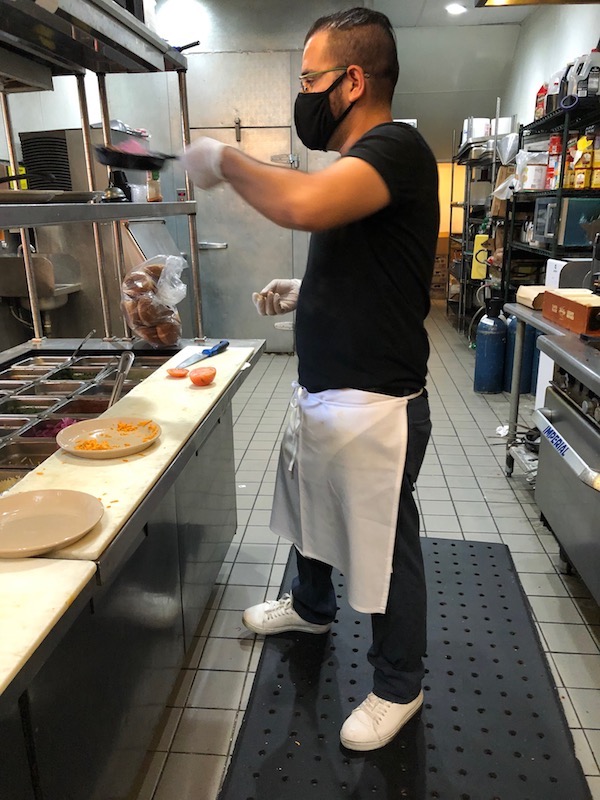
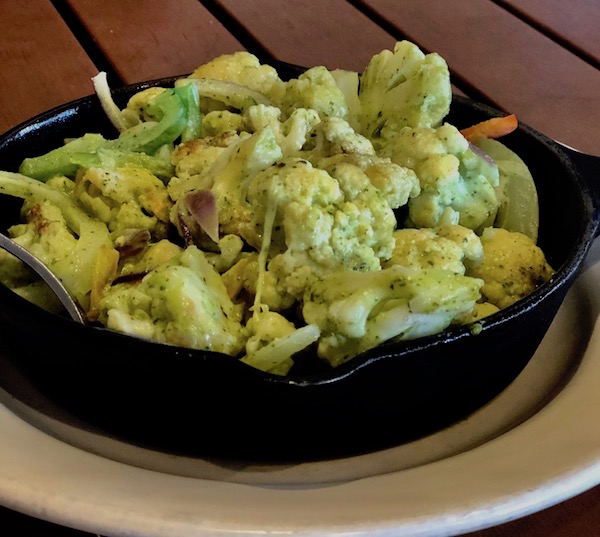
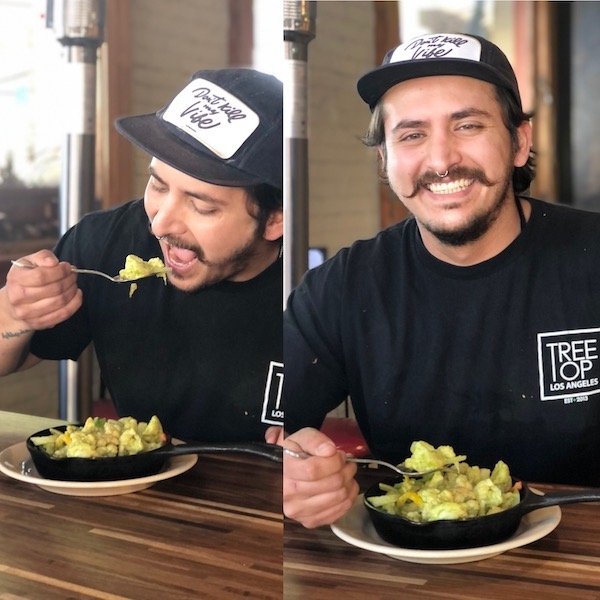

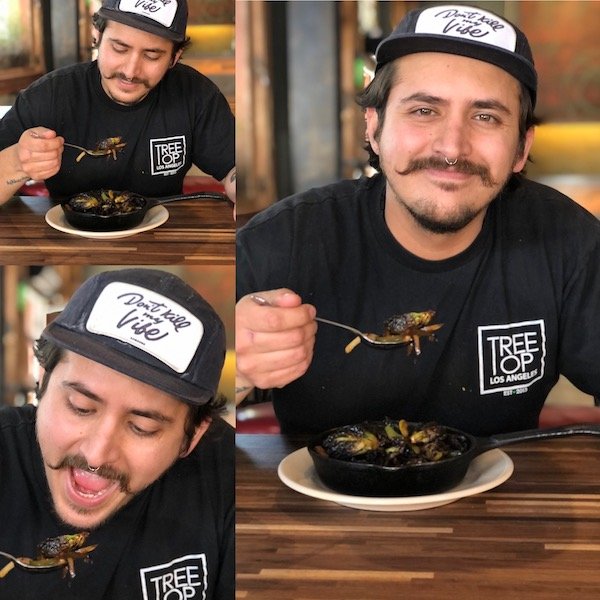

 Gerry Furth-Sides
Gerry Furth-Sides  Barbara Hansen
Barbara Hansen  Chef-owner Alain Cohen
Chef-owner Alain Cohen  Roberta Deen
Roberta Deen  Jose Martinez
Jose Martinez  Nivedita Basu
Nivedita Basu